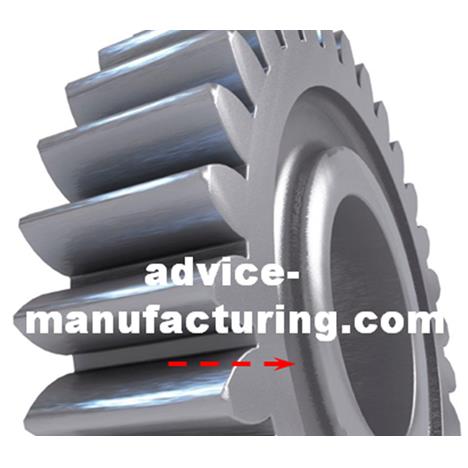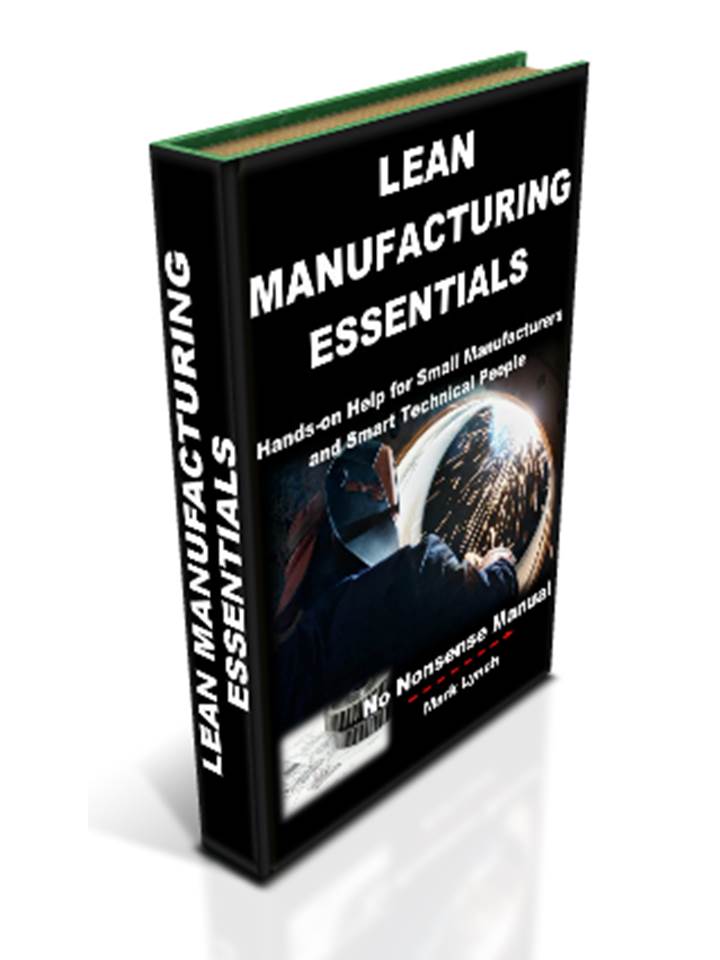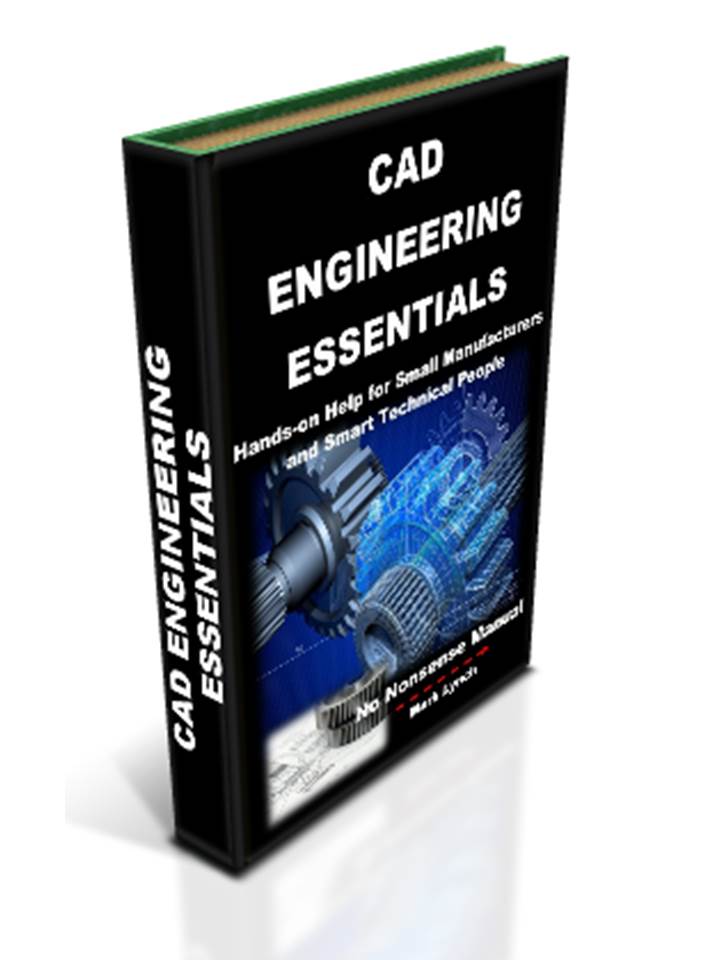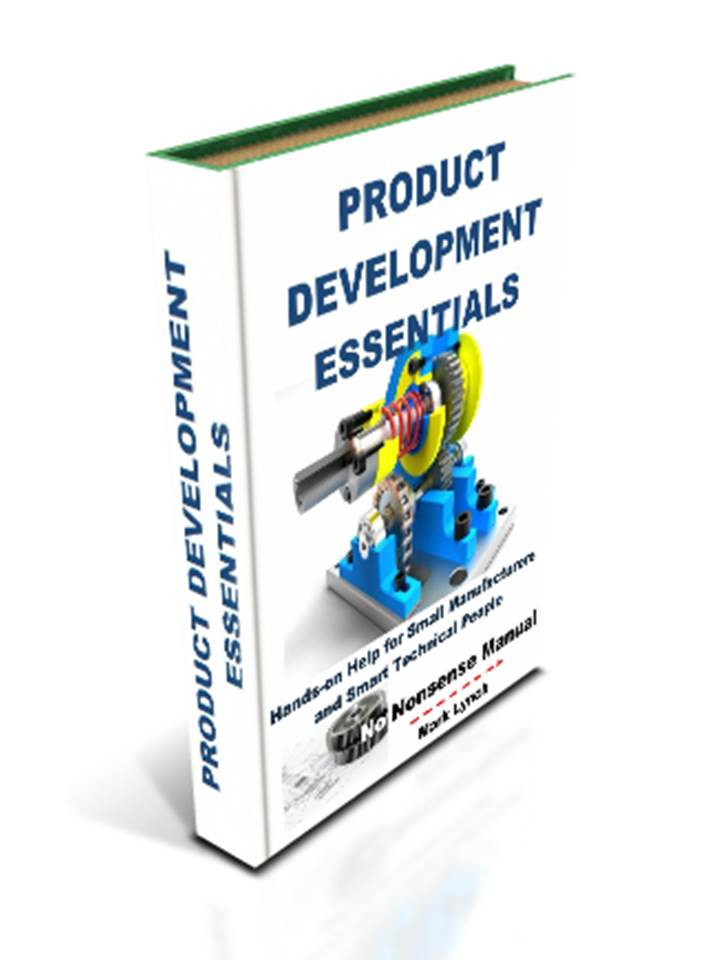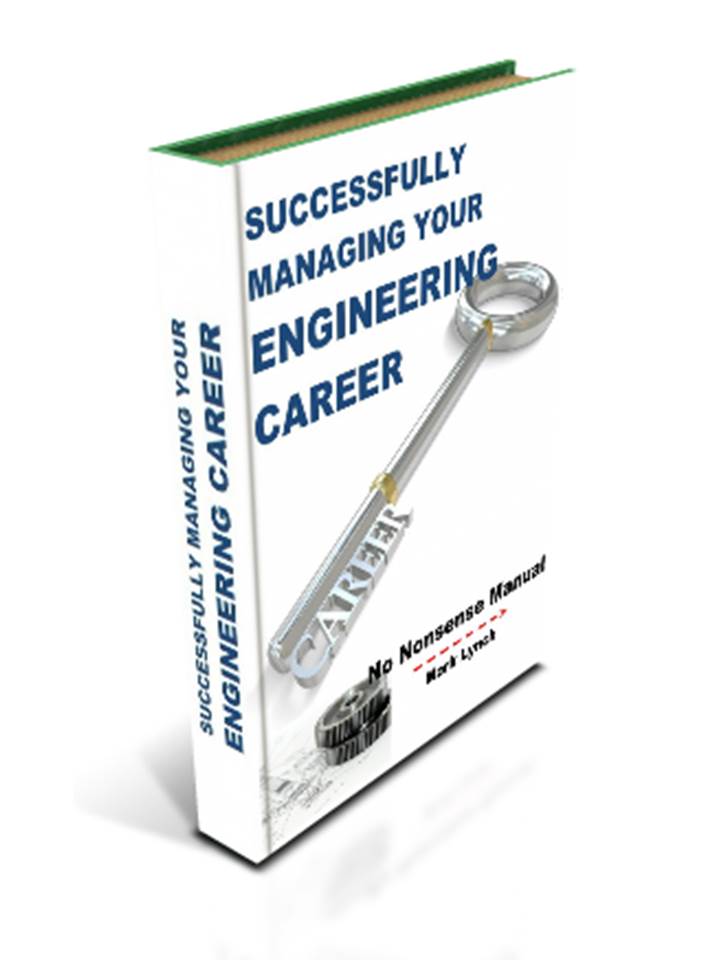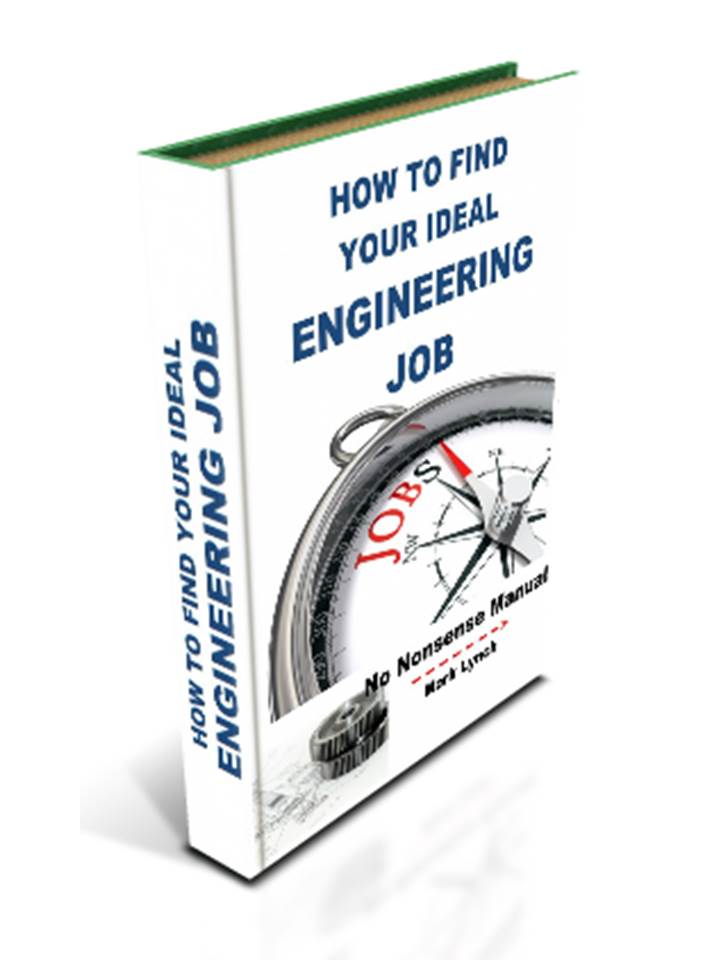'Hands-on Help for SMEs' and Smart Technical People'
CAD Engineering Plan
Making it Happen:
CAD Engineering Action Plan 1
CAD Engineering Plan: Making it happen...
Right OK, it’s time to do something! During this section we’ve seen how 3D CAD and its derived technologies have the potential to make step-change improvements in the way small manufacturers develop and manufacture products. We’ve examined the difference they can make to engineers like YOU in your business. The commercial and technical benefits have been explained, as has justifying the investment. Alongside this we’ve looked at CAD package evaluation, selection and implementation. Much-hyped 3D Printing has been rationally reviewed too.
So how can we bring it all together in a neat summary, designed for implementation and delivering results? Well, the list below provides an action plan to make it happen. Refer back to the relevant sections and feel free to further research the parts most relevant to you. But importantly…. Do Something! Don’t procrastinate, instead get up and start planning. Get others involved and get started. Now is the time to make it happen…
Key stages include:
- Learn the Facts! - Clearly understand how 3D CAD is making a big difference to small manufacturing businesses just like yours
- Understand the corporate, design and analysis benefits of 3D CAD
- Comprehend the manufacturing, marketing and after-sales advantages
- Senior management backing and alignment to business objectives
- Key drivers for adopting 3D CAD and overcoming common barriers
- Tailoring the Justification to Your Business: Quantify wherever Possible
- CAD Software Evaluation and Selection
- 3D CAD Implementation – Stage 1
- 3D CAD Implementation – Stage 2
- 3D Printing (Additive Manufacturing)
1
Learn the Facts! - Clearly understand how 3D CAD is making a big difference to small manufacturing businesses just like yours
Put simply, if you are serious about competing and remaining competitive, then 3D CAD should be a key part of your technology tool box. For small manufacturers who develop products, it is as straightforward as that. Likewise, for supply chain manufacturers who are mainly production based, but want to increase their flexibility and capability to handle customers’ CAD data, the ability to understand CAD files and organise their production set-up accordingly, is crucial. Larger customers (prime manufacturers and their tier 1 suppliers) are driving the adoption of 3D CAD further down the supply chain.
Now more than ever, Small Manufacturers are under commercial pressure to bring quality new products to market quickly. Also for many manufacturing businesses, production needs to be high quality, efficient and fast. 3D CAD-based engineering has the power to help you deliver better quality, better functioning products to market, faster, as well as boost your manufacturing productivity. For the individual engineer, they are quite simply some of the most sought after skills in industry. Make no mistake, the names of the major CAD software packages feature as key words on CVs. They are what employers and recruitment agencies look for on resumes and when sifting applications.
For the best performing manufacturers, commercial pressures to get quality products to market quickly have driven the adoption of 3D CAD and its derivative technologies, like 3D Printing, CAM and FEA. The real value of 3D CAD is the ability to design something once and use the CAD data later on, in other areas of the development and manufacturing process and beyond. The benefits it offers include reduced development lead-times, fewer errors, significantly better quality and finally big resultant cost reductions.
2
Understand the corporate, design and analysis benefits of 3D CAD
Business benefits include quicker product design cycles and faster time-to-market. This enables you to respond swiftly and beat the competition. Higher margins and profits are the result. 3D CAD enables parts and assemblies to be designed quickly. The result is greater productivity, with design engineers’ producing more per day. Low productivity soon adds up when you review employee and contractor hourly rates. Geographically dispersed design teams can work on CAD data at the same time, without duplication of effort. Rapidly modifying 3D CAD models provides the ability to respond to urgent client requests and provide customisation.
3D CAD is most effective when integrated with the product development process, assisting key stages of design and manufacturing. Corporate and productivity advantages include greater quality and accuracy during detail design, with better fitting and tolerancing of parts. With 3D CAD you can rapidly generate and modify 2D drawings and BOMs, as well as control revisions. Greater design accuracy and fewer mistakes help avoid the high cost of scrap and time spent resolving defects on the shop floor. Engineers experience fewer errors and defects, greater confidence and improved communication, as dimensionally accurate CAD data is reused. Design cycles are minimised as digital information can be quickly and conveniently shared with other individuals and teams, as well as outsourced to suppliers. 3D Parts can be produced from CAD files, enabling parts to be handled and designs refined.
Detailed engineering analysis and simulation can be performed on CAD components and assemblies to optimise their design, prior to production. It’s far quicker and cheaper than verifying ideas with physical parts only. Components and assemblies can be virtually stress, strain and vibration tested. Other fluid-based analysis includes thermal management, aerodynamic and hydrodynamic testing. Additionally, you can review fits and tolerances or test for clashes of moving parts. Intelligent attributes can be assigned to CAD models, like material properties, which can be used to calculate mass and the centre of gravity for both components and assemblies (for lifting and shipping). Other intelligent features include sustainability, energy and the carbon footprint impact of CAD models.
Next... Making it happen: CAD Engineering Action Plan 2
Back to CAD Engineering Essentials
